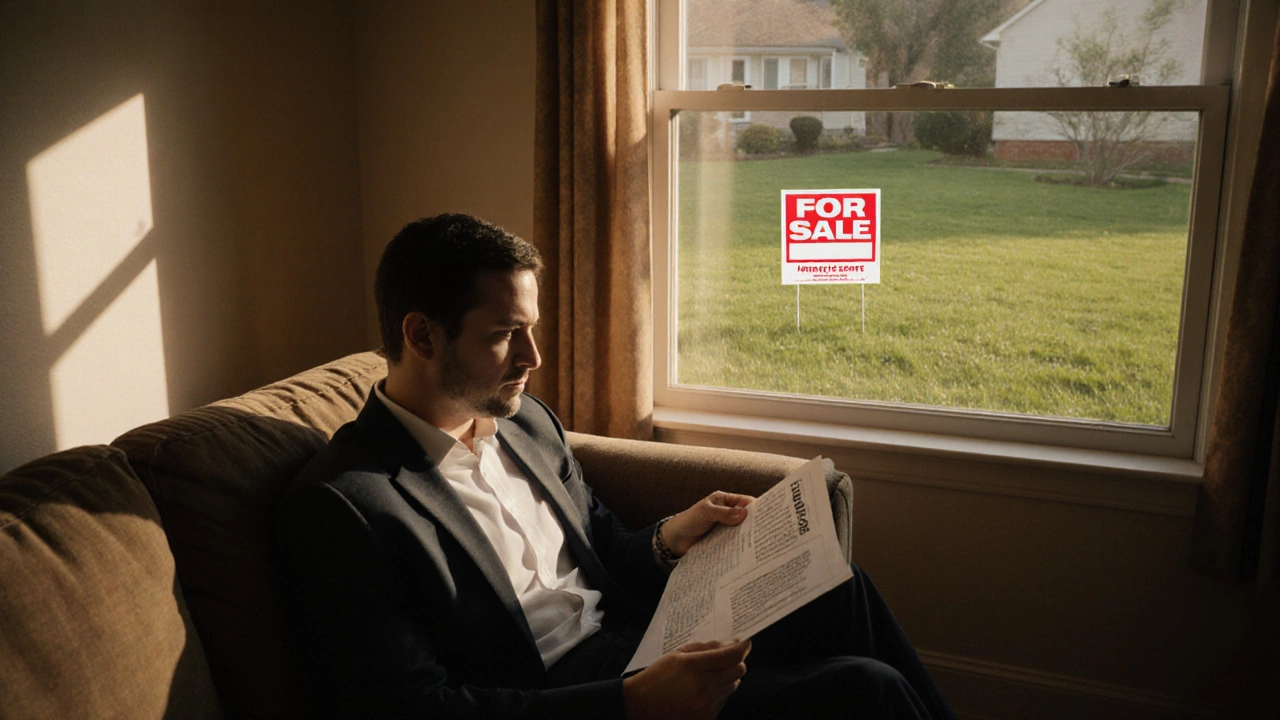Lease During Sale: What It Means for Buyers and Sellers
When working with lease during sale, a hybrid arrangement where a tenant rents a property with the option or obligation to purchase it later, often under pre‑agreed terms. Also known as lease‑to‑own, it bridges the gap between renting and buying.
The concept is closely related to lease‑to‑own, a contract that lets the lessee buy the property at lease end and sale‑leaseback, a deal where the seller becomes the tenant after selling the asset. Both share the idea that lease during sale combines a rental period with a future purchase, but they differ on who initiates the sale and how the option fee is handled. In practice, you’ll see three main semantic connections: the lease period sets the rent amount, the option clause locks in a purchase price, and the eventual sale converts rental equity into down‑payment savings. If you’re eyeing a lease during sale deal, here’s what you need to know.
Key Elements, Risks, and How to Make It Work
First, the price‑lock clause is the heart of any lease‑during‑sale contract. It states the future sale price or the formula to calculate it, protecting the buyer from market spikes. Second, the option fee – usually 1‑3 % of the agreed price – is non‑refundable but credits toward the purchase, acting like a down‑payment seed. Third, the lease term (often 1‑3 years) determines how much rent you pay and whether a portion is credited as “rent credit.” This credit can lower the final loan amount, effectively turning part of your rent into equity. The arrangement also demands clear maintenance responsibilities; some contracts let the tenant handle upkeep, which can reduce the landlord’s cost but adds to the tenant’s risk. Understanding these attributes helps you avoid the common pitfall of overpaying rent without gaining enough credit. Real‑world examples show that savvy buyers use the lease period to improve credit scores, save for a larger down‑payment, or wait for a better financing environment while still locking in today’s price. On the flip side, sellers benefit by generating immediate cash flow and keeping the property occupied, which can be a smart move in a slow market.
Finally, evaluate the financing side. When the lease ends, you’ll need a mortgage or cash to close the purchase. Many lenders view the option fee and rent credits as part of your down‑payment, but you’ll still have to meet standard credit and income criteria. If you anticipate a jump in interest rates, a lease‑during‑sale can shield you from higher borrowing costs, because the purchase price is already set. Conversely, if rates fall, you might walk away and lose the option fee, so weigh the probability of staying in the home against the cost of the fee. Below, you’ll find a curated set of articles that break down valuation methods, rent‑to‑own pitfalls, and legal nuances—everything you need to decide if a lease during sale fits your real‑estate goals.
Can My Landlord Sell the House I'm Renting in Virginia? What Tenants Need to Know
by Arjun Mehta Oct 14 2025 0 RentalsLearn if a Virginia landlord can sell your rental home, how the lease survives the sale, notice rules, security deposit handling, and what steps renters should take.
READ MORE